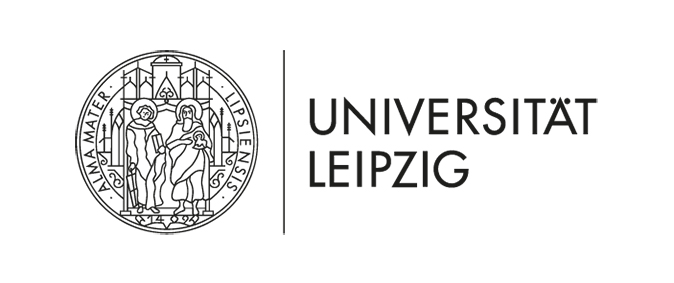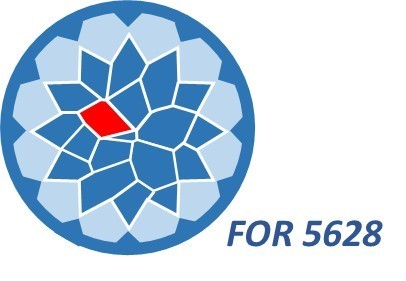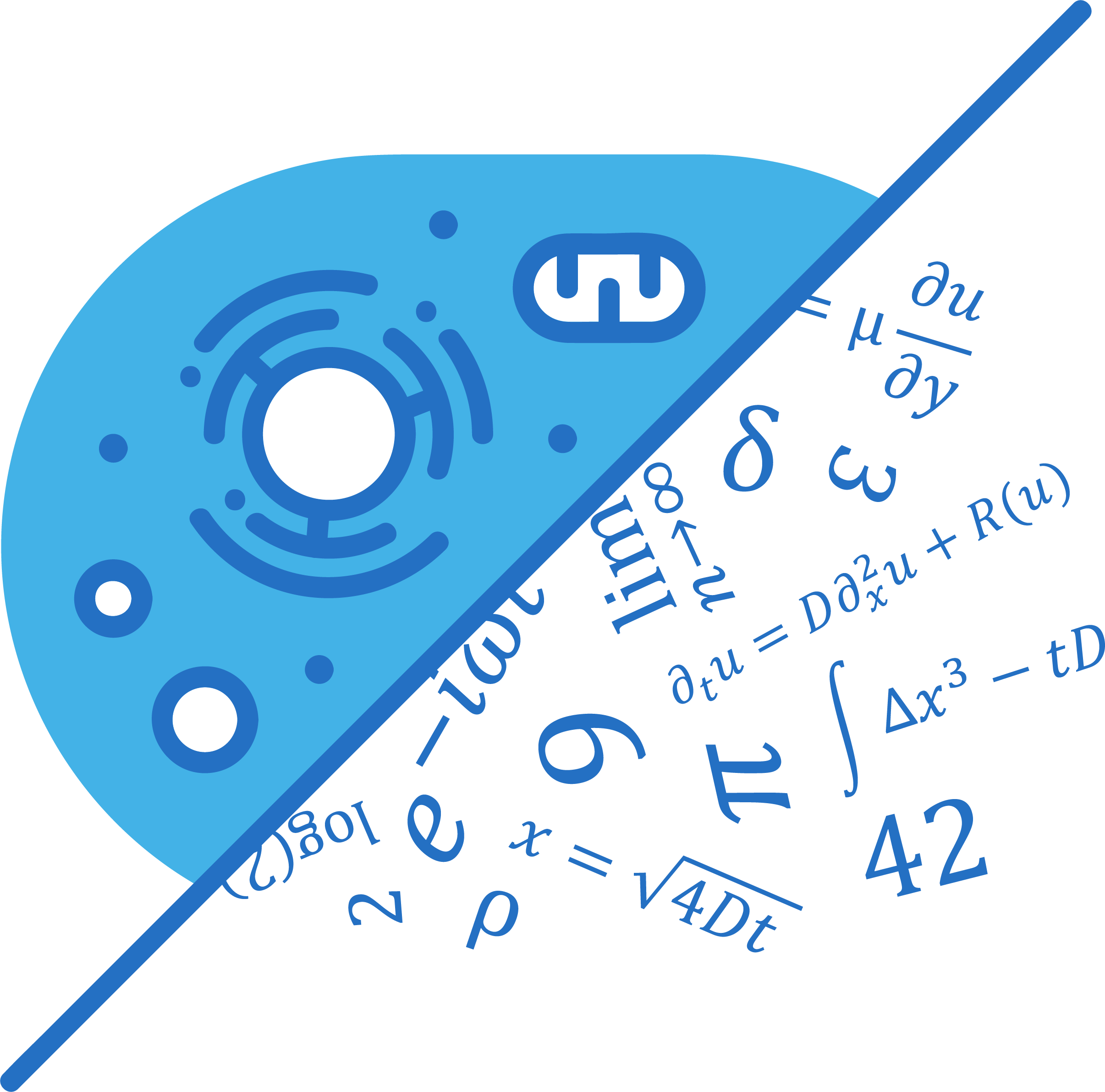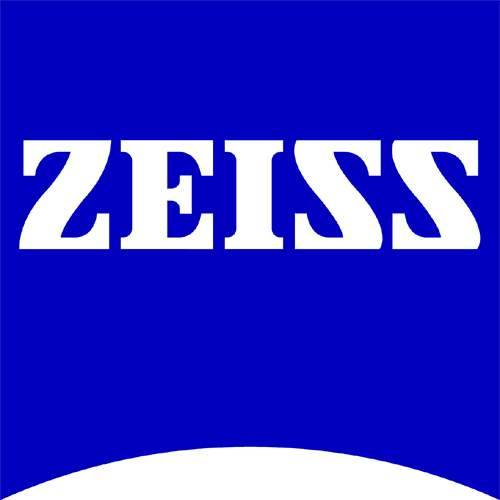|
15th Annual Symposium Physics of Cancer Leipzig, Germany Sept. 30 - Oct. 2, 2024 |
PoC - Physics of Cancer - Annual Symposium | |||||||||||||||||||||||||||||||||||||||||||||||||||||||||||||||
|
|
Poster
Active migration of cancer cells in confinement: A hybrid computational model
Utrecht University, Institute of Biodynamics and Biocomplexity, Computational Developmental Biology Group, Utrecht, Netherlands
Contact:
Cancer metastasis is initiated by migration or cancerous cells. In the infiltrating rim of the tumor microenvironment (TME), cancer cells exhibit different migratory phenotypes from epithelial quiescence to mesenchymal (collective or individual) migration [1,2]. This transition resembles the jamming-unjamming transition in granular materials [3]. Several biophysical processes are known to influence the mode of migration of cells in the TME including cytoskeletal activity [4,5], cell-cell interactions [6] and mechanical cues from the extracellular matrix (ECM) [7]. The cytoskeletal activity may include the balance between cortex tension and protrusion formation. The energetics of cell-cell junctions and pericellular proteins can influence cell adhesion. Mechanical cues from the ECM can include force transmission via focal adhesions or steric interactions of the cell membrane with the ECM filaments.
With an aim to study important factors in cell migration systematically, we are developing a computational model that includes cells, ECM, and their biophysical interactions in a coherent framework. We utilize a hybrid model of cells and the ECM, in which cells are modelled via the cellular Potts model (CPM) and the ECM is represented via a network of coarse-grained bead-spring elements [8]. The CPM is a lattice-based model that can represent biophysical processes underlying intercellular adhesion and cell shape dynamics [9]. Coarse-grained network models are used to model the mechanical response of polymeric materials and hydrogels [10,11]. The hybridized implementation of these two models allows for explicitly modelling cell migration processes in a holistic framework. In ongoing work, we are further developing this framework by incorporating cytoskeletal activity via the Act model, a simple model of actin polymerization that was originally developed to simulate active migration of cells by lamellipodial protrusions [12]. We also incorporate volume-exclusion effects to model cell-ECM interactions in confined environments. Predictions of this model will be compared to experimental observations of tumor spheroids with varying degrees of confinement. We hope to use this model to systematically address how cell-intrinsic properties such as cytoskeletal activity interplay with extracellular biophysical cues to influence the migration mode of tumor cells in the TME.
|









